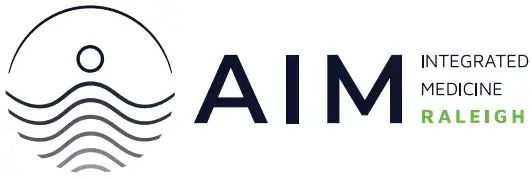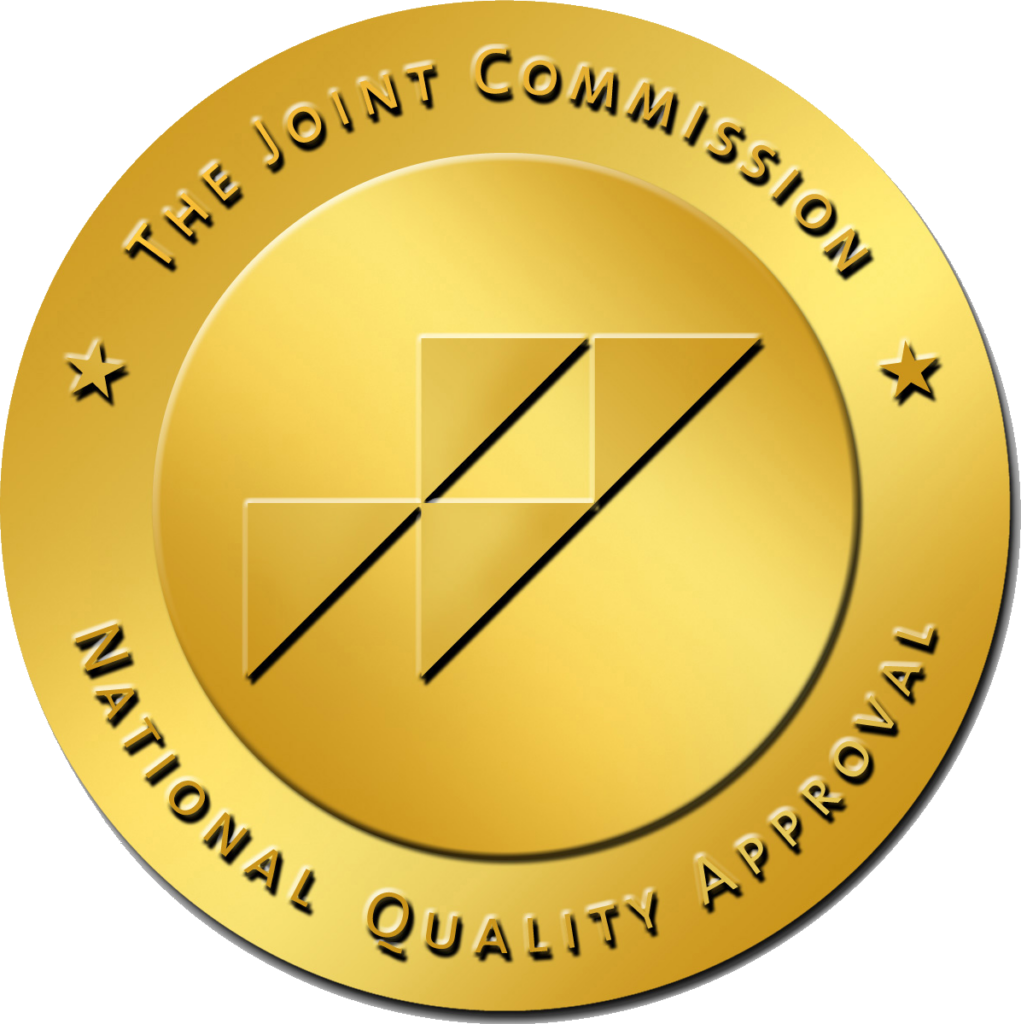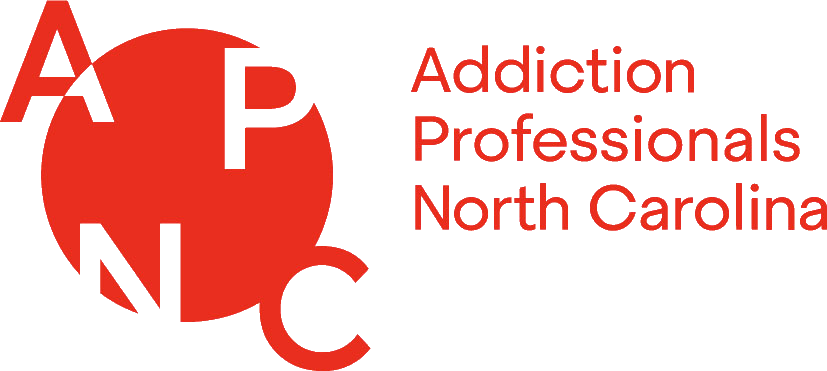Drug use is prominent across different age ranges of young adults. When drug use starts to interfere with daily activities, then the condition becomes a substance use disorder. Examples of substances linked to substance use include cocaine, heroin, marijuana, methamphetamines, inhalants, and anabolic steroids.
According to the Centers for Disease Control and Prevention (CDC),1 over seventy thousand individuals in the United States lost their lives due to overdose in 2017. Adolescents may have some of the most prevalent rates of substance use according to the Substance Abuse and Mental Health Services Administration (SAMHSA).
According to a study on the trends of drug use in adolescents, 81.4% of the older adolescents reported having the chance to use drugs. The research also shows that the median age at the start of drug abuse was 14 years with dependence and 15 years without dependence.2





